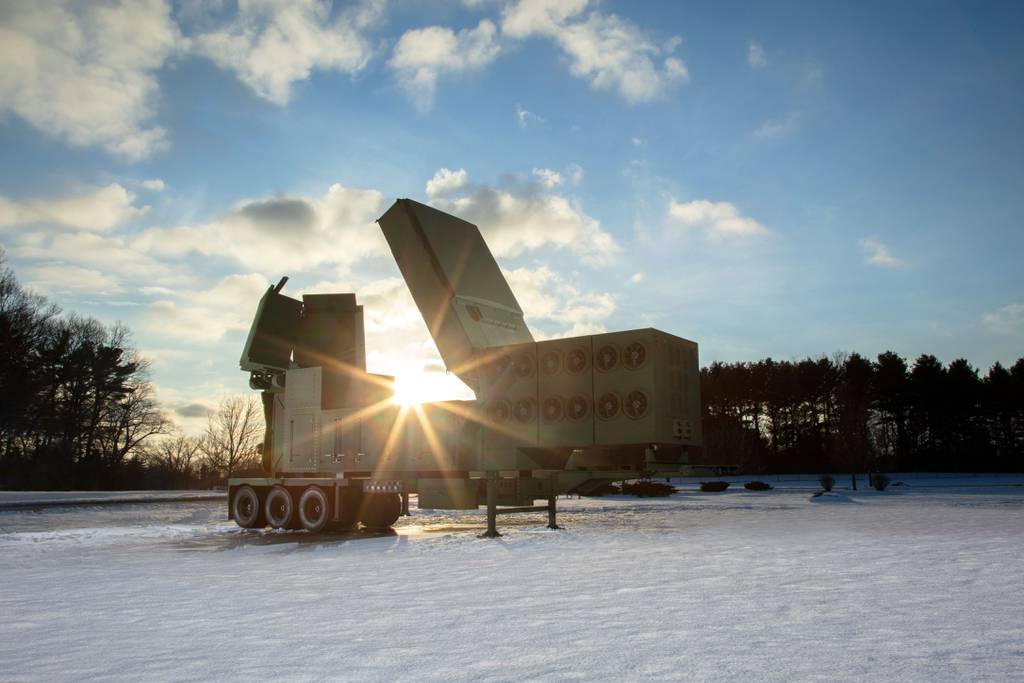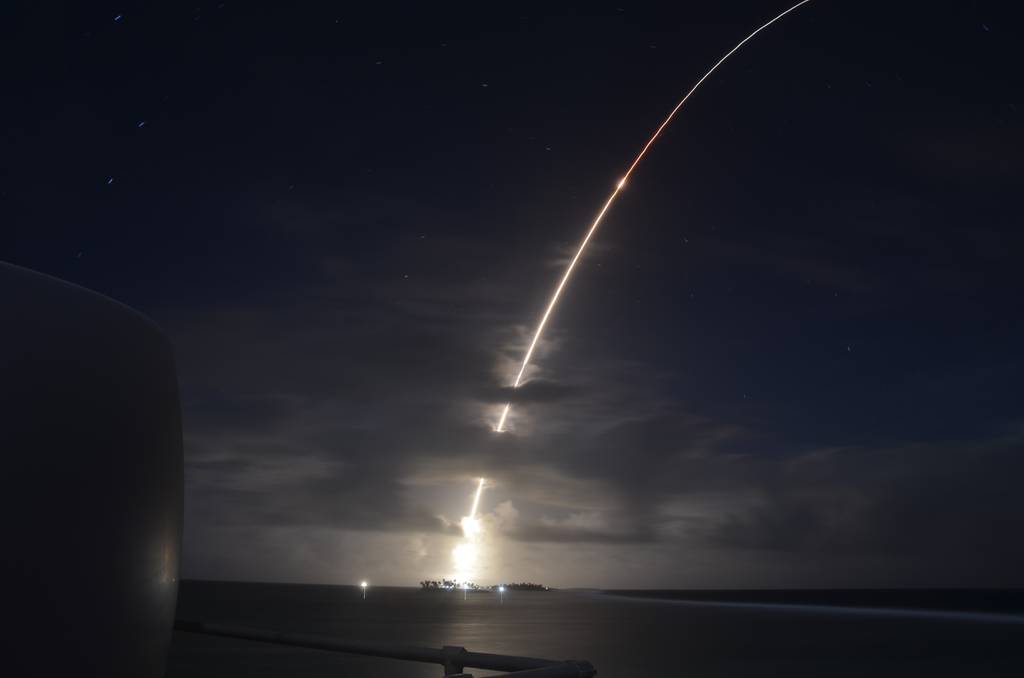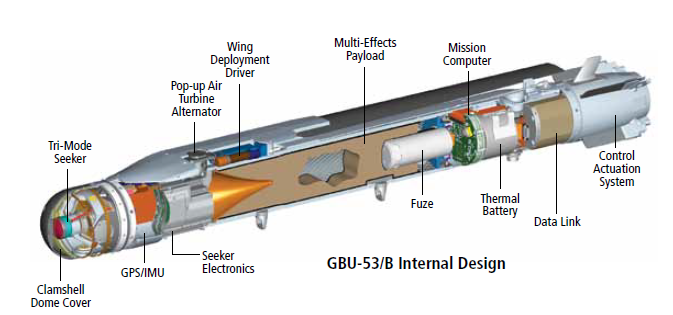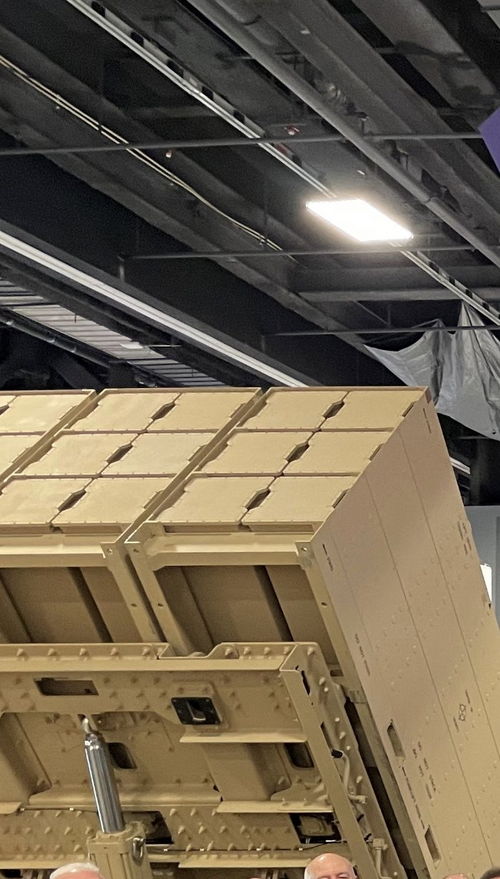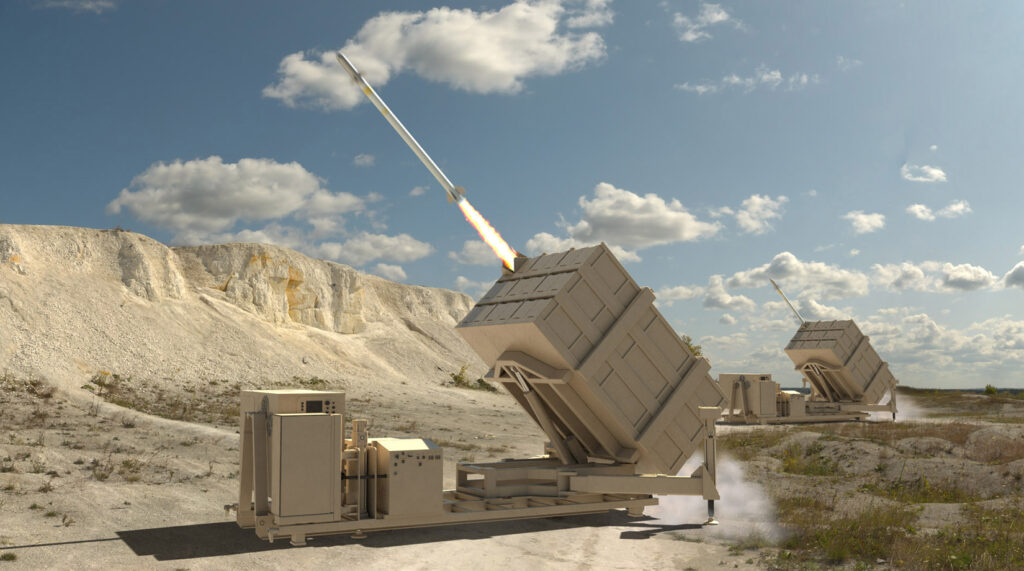Yeah, I think the main reason AIM-9X is liked is because it's LOAL and presumably can be adapted to Army ICBS datalinking.
Considering RAM is from the '80's, I'm not sure if it even has an FPA seeker or just a very high performance all-aspect InSb detector.
Open question whether adding a datalink to RAM (and adapting the RAM canister for Army equipment) is harder than adding a thermally managed seeker to AIM-9X, or whether a SeaRAM-type launcher based on Mk 15 on a HEMTT might be better than a Enduring Shield/MML-type launcher. I'm not sure anyone could say for sure which is the case, but it's rather odd that thermal management issues sprung up with Dynetics' launcher, given the Army's prior experience with MML. Did anyone at Dynetics bother talking to DA?
I personally like the idea of unified air defense complexes of ground and naval forces, so I'm a big fan of the Centurion C-RAM.

